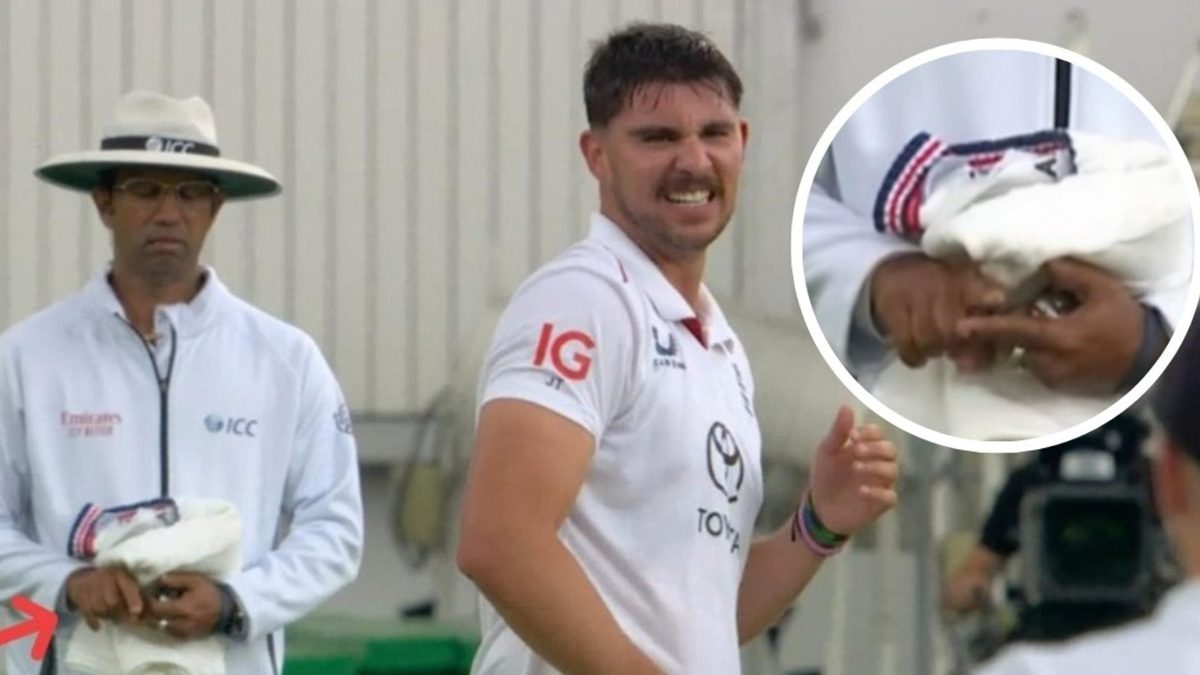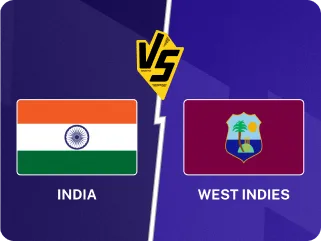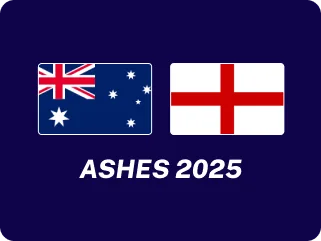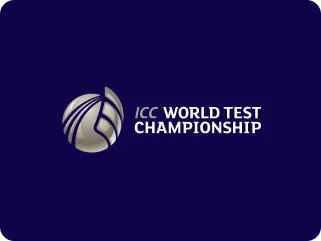
Umpire Kumar Dharmasena was spotted seemingly indicating to England that his decision not to give an lbw decision on the first morning of The Oval Test match was due to an inside edge. Here's what the rules say about umpires signalling the reasons behind their decisions to players before confirmation as to whether a review has been taken.
The incident was picked up on after a ball from Josh Tongue to Sai Sudharsan drew a brief appeal from the England fielders. It was an inswinging full ball which struck Sudharsan low on his pad and caused him to lose his balance, ending up on all fours. Dharmasena, however, quickly shook his head as the England players appealed.
At the same time as shaking his head, Dharmasena could be seen gesturing with his fingers, signalling to the players that he thought Sudharsan had inside-edged the delivery into his pad. Replays later confirmed that Sudharsan had indeed got an inside-edge on the ball, saving him from what looked to be a plumb lbw decision.
Dharmasena's signal caused controversy among fans when it was shared on social media, with commenters questioning whether umpires are allowed to give such signals to players before they decide to take a review.
Did Dharmasena just indicate bat there? There’s no way he should be doing that.
— Shashank Kishore (@captainshanky) July 31, 2025
What do the rules say about umpires conveying decision reasoning to players?
It's not completely unknown for umpires to convey why they decided to give a decision as not out to the players on the field. However, it gets more controversial when DRS is available. This is because umpires letting players know that they believe there to be an inside edge on the ball, for example, could potentially cause them not to take a review, thus meaning they may not lose a review they otherwise would have taken.
There is, however, no prevention in the regulations for an umpire conveying the reasoning of his/her decision-making of their own accord. Article 32.2.3 of the ICC's Test match Playing Conditions says: "Either the captain or the two batters may, in respect of a decision relating to an appeal for LBW, question the bowler’s end umpire as to whether his/her decision has been made on the basis that the striker made no genuine attempt to play the ball with the bat.
"Under no other circumstance is any player permitted to query an umpire about any aspect of a decision before deciding on whether or not to request a Player Review. If the on-field umpires believe that the captain or either batter has received direct or indirect input emanating other than from the players on the field, then they may at their discretion decline the request for a Player Review."
The conditions, therefore, do not bar Dharmasena from signalling of his own accord to the England players that he believed Sudharsan had hit the ball. It would have been against the regulations for the England players to ask Dharmasena if Sudharsan had hit the ball, which they did not do.
However, the Indian players and team management already feel that England have received advantages not offered to them, over the choice of ball to bowl with and when they are allowed to inspect the pitch. Another piece of perceived help for the hosts could further stoke the fire.
Follow Wisden for all England vs India updates, including live scores, latest news, team lineups, schedule and more. The live streaming details for the ENG vs IND series in India, UK, USA and rest of the world can be found here. For Wisden quizzes, head here.








